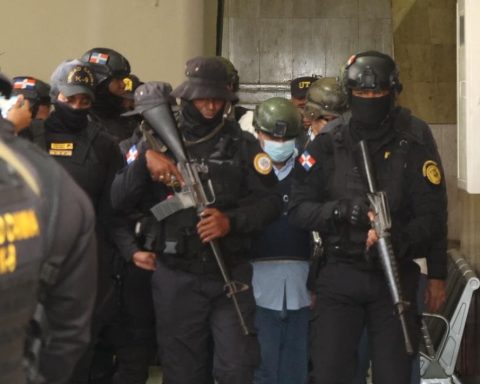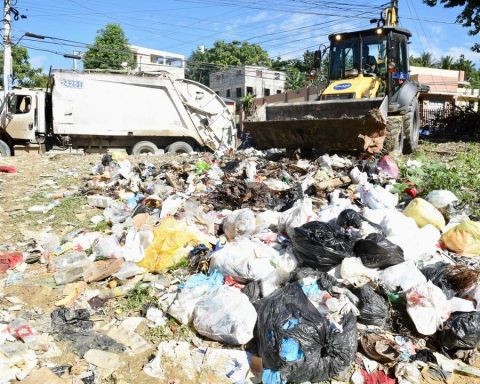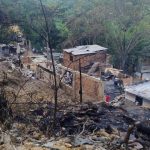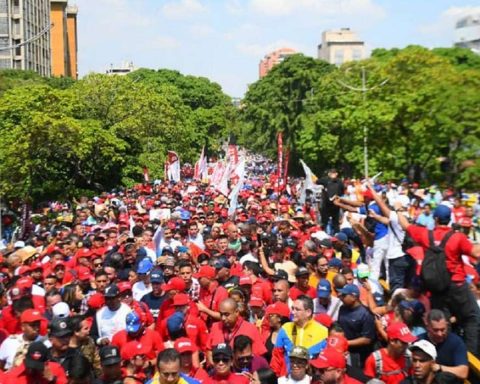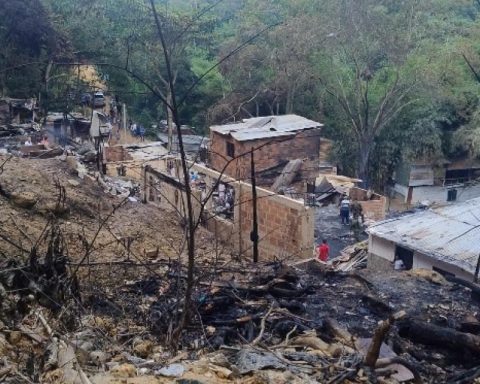The loss of agricultural land, mainly due to its use for urban development, is registered in different parts of the Dominican Republic, but in an important way in Moca, Espaillat province; salcedo; Duarte (San Francisco de Macoris); The Vega; San Juan de la Maguana and Monte Plata.
To counteract this situation, the country is working on an instrument to delimit urban land, which the government will launch in the coming months, according to Domingo Matías, deputy minister of Territorial Planning and Regional Development of the Ministry of Economy, Planning and Development. (Mepyd).
“That is an instrument that is going to be provided to all the municipalities of the Dominican Republic, and it is going to establish what is urbanized, which is what currently exists; the urbanizable, which is what can be urbanized; and the non-urbanizable. With this instrument handed over to local governments we can have certain restrictions with urban expansion and the exploitation of agricultural land”, Matías.
He pointed out that the country had, in the 1960s, an urban population of 30% and a rural population of 70%, but today the urban population in the Dominican Republic is more than 80%.
“The change in growth from a rural model to urban growth has had serious impacts on agricultural productivity. And if there are agricultural soils like the case of Moca, Espaillat province, and Salcedo, that part of the Central Cibao, which are class one soils, which are the best soils in the world; if their vocation is being changed, then we are having problems,” said the official.
He considers that the economic model of agricultural development has to be reviewed or reformed, but also, the municipalities have to have regulations that regulate this urban expansion.
“Protecting agricultural soils is protecting the rural landscape, it is protecting food security, it is restricting migratory flows from rural to urban areas; it is to protect the people who live in the countryside, because as the countryside becomes depopulated, the governments invest less to that extent. Public investment is also measured by profitability, that is, in relation to the number of people there are,” said the official.
According to the “Thematic Report on International Cooperation”, published by the Mepyd, agriculture in the country went from representing 23.2% of the total value of production in 1970, to 11.55% in 2005. Also, its participation was reduced in the labor market, going from 18.5% of total employment in 1991 to 9.0% in 2016.
However, the report indicates that it is also observed that agricultural production plays a very important role for the country’s food security, reaching the point of declaring in 2020 a national production of agricultural goods that represents 88.4% of the food consumed by the population. .
The Mepyd document indicates that, although in relative terms agriculture has reduced its participation in national production, it continues to be a key sector for food security, the development of rural areas and territorial cohesion.
Recently, the ministers of Economy, Planning and Development, and of AgriculturePável Isa Contreras and Limber Cruz, respectively, expressed their concern about the loss of agricultural land in the country and highlighted the importance of approving the Land Management Law.
“It is urgent that we need the approval of the Territorial Reorganization Law, to avoid the loss of land with agricultural vocation throughout the country,” Cruz said through Twitter.
In addition, he pointed out that “the best land for cultivation must be preserved and in other areas, construction must be allowed in an organized manner.”
The FAO and the floors
The representative of the Food and Agriculture Organization of the United Nations Agriculture (FAO) in the Dominican Republic, Rodrigo Castañeda, told Diario Libre that from the entity they see that it is very important to take measures to define the appropriate uses of the soil resource in an environmentally sustainable way, especially those of agricultural vocation and for the value that they have because they are of a unique class, as is the case of the Moca soils. “The Law of Territorial Ordering and Adequate Use of Soils can no longer wait,” he insisted.
In addition, he pointed out that the sustainable management of the world’s agricultural soils and the intensification of sustainable production have become an imperative for food security.
“These goals cannot be fully achieved unless soils are placed high on the development agenda. Land degradation and soil depletion is a real and growing global threat,” he stated.
He specified that it involves a series of factors such as erosion by wind and water and tillage, compaction, sealing, nutrient imbalance, loss of soil organic matter, acidification, salinization and contamination. He said that these processes are caused by unsustainable land management practices that result from various social, economic and governance aspects, caused by intensive, large-scale production models that demand chemical inputs; and, on the other hand, through the urbanization of agricultural and ecological conservation areas.

